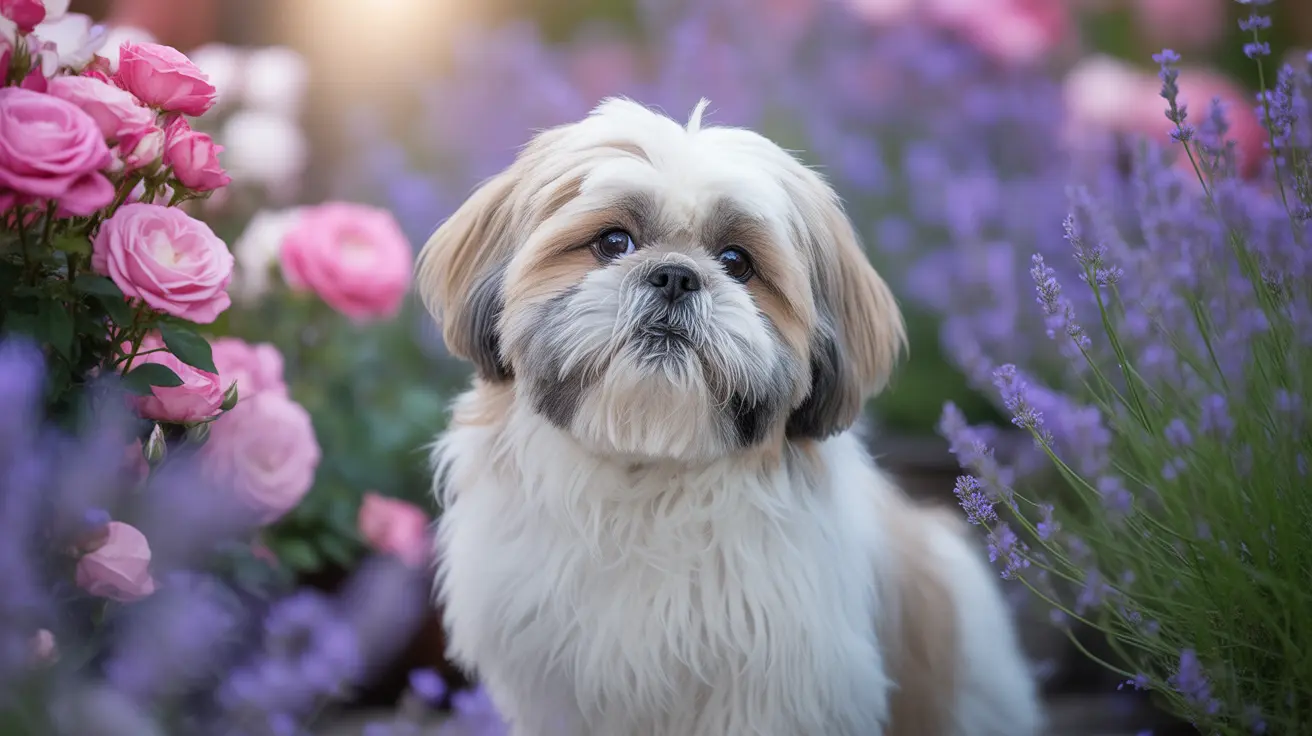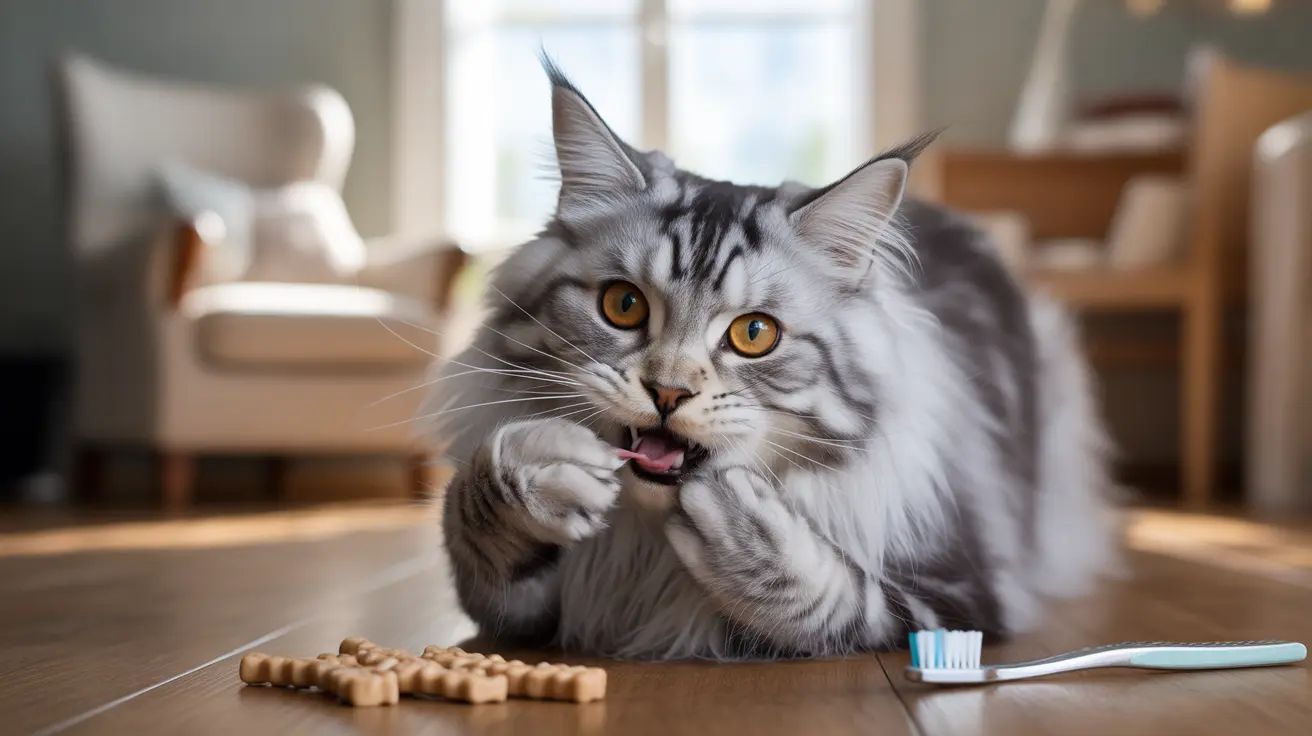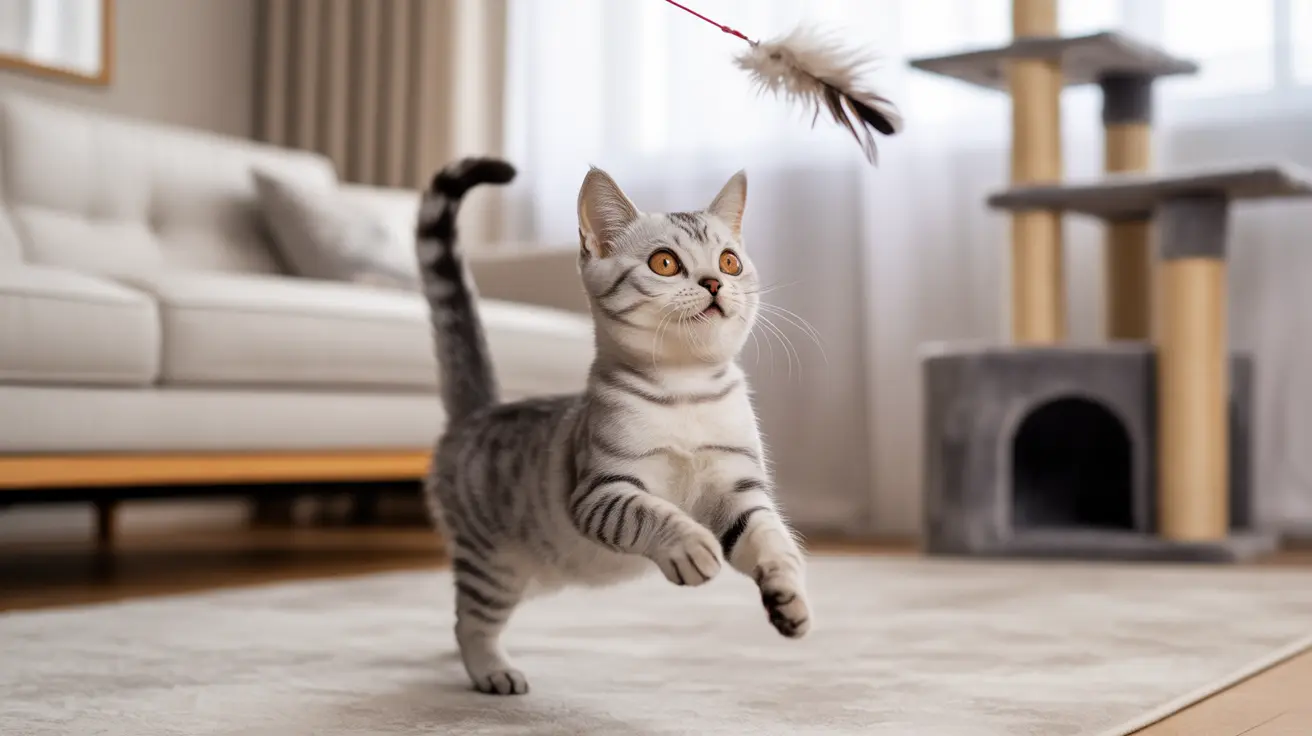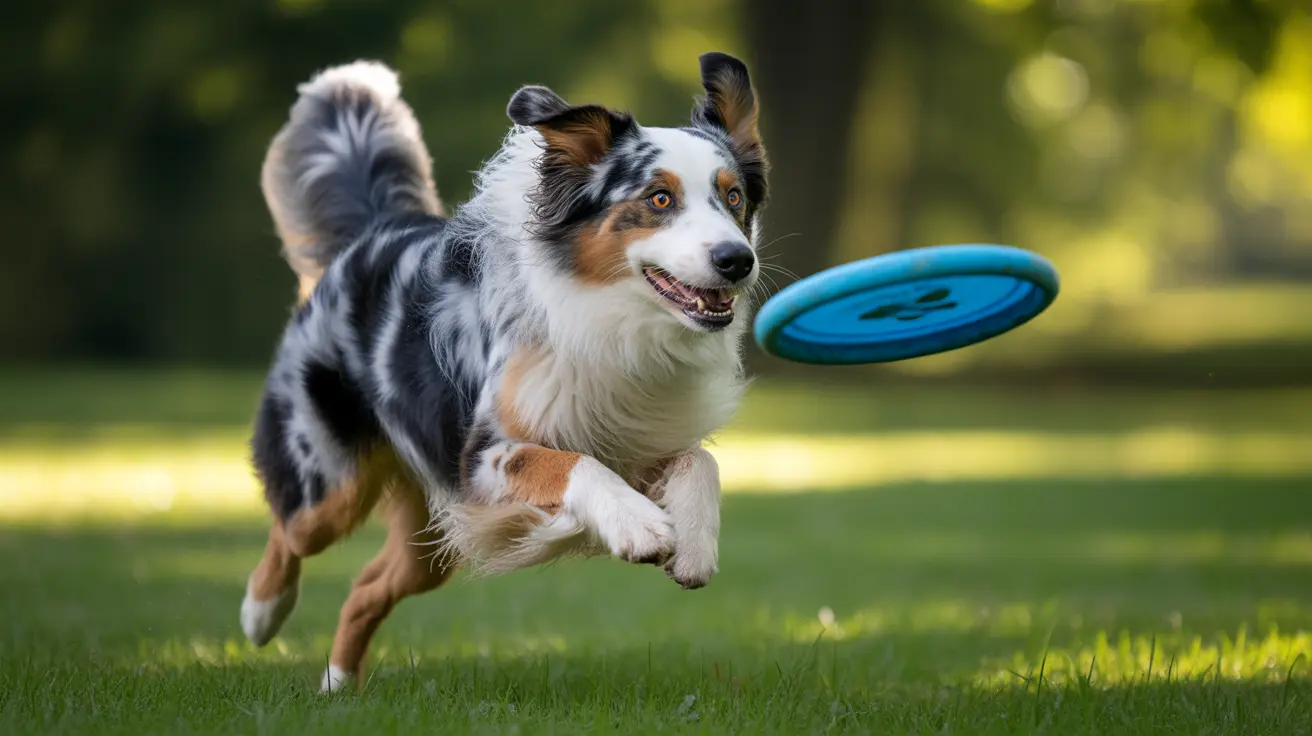The Bichon Frise is renowned for its distinctive powder-puff appearance and pristine coat. While most people associate this charming breed with a pure white color, there's actually more variety to Bichon Frise colors than meets the eye. This comprehensive guide will explore all the recognized color variations and help you understand what makes these delightful dogs so special.
The Classic Pure White Bichon
The most iconic and widely recognized color for the Bichon Frise is pure white. This brilliant white coat is created by a specific genetic feature called the "S" gene, which suppresses pigmentation in the fur. The stark white color provides the perfect backdrop for the breed's distinctive black features - their round eyes, dark nose, and black lip rims - creating that beloved teddy bear appearance that's made the breed famous.
Accepted Color Variations
White with Cream Markings
While pure white is the standard, many Bichons display subtle cream shadings, particularly around their ears, back, or face. These cream markings are perfectly acceptable according to breed standards, especially in younger dogs under 18 months old. The cream coloring typically appears as a soft, pale shade that gently blends into the white base coat.
Apricot Highlights
Some Bichon Frises exhibit delicate apricot-colored areas in their coat. These warm, peachy tones most commonly appear on the ears and face, adding a unique charm to their appearance. Like cream markings, apricot shadings are accepted by major kennel clubs as long as they don't dominate the overall white appearance.
Understanding Coat Changes
One fascinating aspect of Bichon Frise coloring is how it can change over time. Puppies often have more pronounced cream or apricot markings that gradually fade as they mature. This color evolution is completely natural and doesn't affect the dog's quality or breeding status.
Grooming for Color Perfection
Maintaining the beautiful coat of a Bichon Frise requires dedicated grooming efforts. White coats are particularly prone to showing stains and discoloration, making regular maintenance essential. Professional grooming every 4-6 weeks, combined with daily brushing at home, helps preserve the coat's pristine appearance and prevent matting.
Show Standards and Color Requirements
For show dogs, the American Kennel Club (AKC) has specific color requirements. While pure white is preferred, subtle shadings of cream, buff, or apricot are permitted, provided they don't exceed 10% of the total coat. These standards ensure the breed maintains its characteristic appearance while allowing for natural variation.
Frequently Asked Questions
What are the recognized color variations of the Bichon Frise breed?
The recognized colors include pure white (most common), white with cream markings, white with apricot shadings, and white with buff tints. Pure white is preferred in show rings, but subtle shadings are acceptable, especially in younger dogs.
How do I maintain the pure white coat of my Bichon Frise to prevent staining?
Regular bathing every 2-3 weeks, daily facial cleaning to prevent tear stains, using whitening shampoos, and prompt cleaning of any stains will help maintain the white coat. Professional grooming every 4-6 weeks is also recommended.
Why do Bichon Frise puppies often have more pronounced cream or apricot markings that fade with age?
This color change is due to genetic factors affecting pigment expression. As puppies mature, their coat typically lightens, and any cream or apricot markings become more subtle. This is a natural process and doesn't indicate any health issues.
Can Bichon Frises with cream or apricot markings participate in dog shows, and if so, under what conditions?
Yes, they can participate if the colored markings don't exceed 10% of the total coat according to AKC standards. These shadings are more accepted in dogs under 18 months old, and the markings should be subtle rather than bold or patchy.
How often should I groom my Bichon Frise to preserve its fluffy appearance and manage matting?
Professional grooming is recommended every 4-6 weeks, with daily brushing at home to prevent matting. The coat should be thoroughly brushed down to the skin, and special attention should be paid to areas prone to tangling, such as behind the ears and under the legs.






